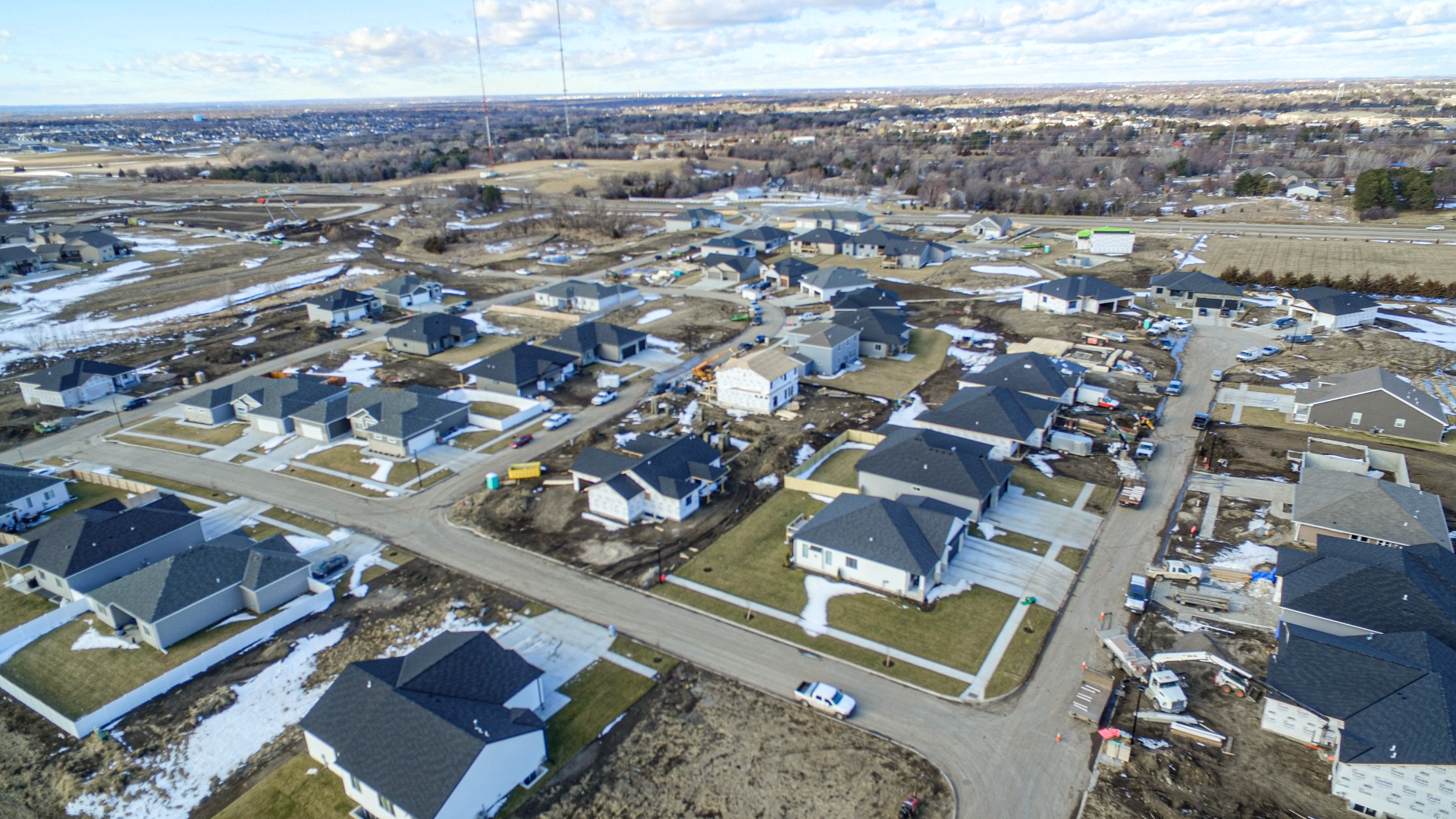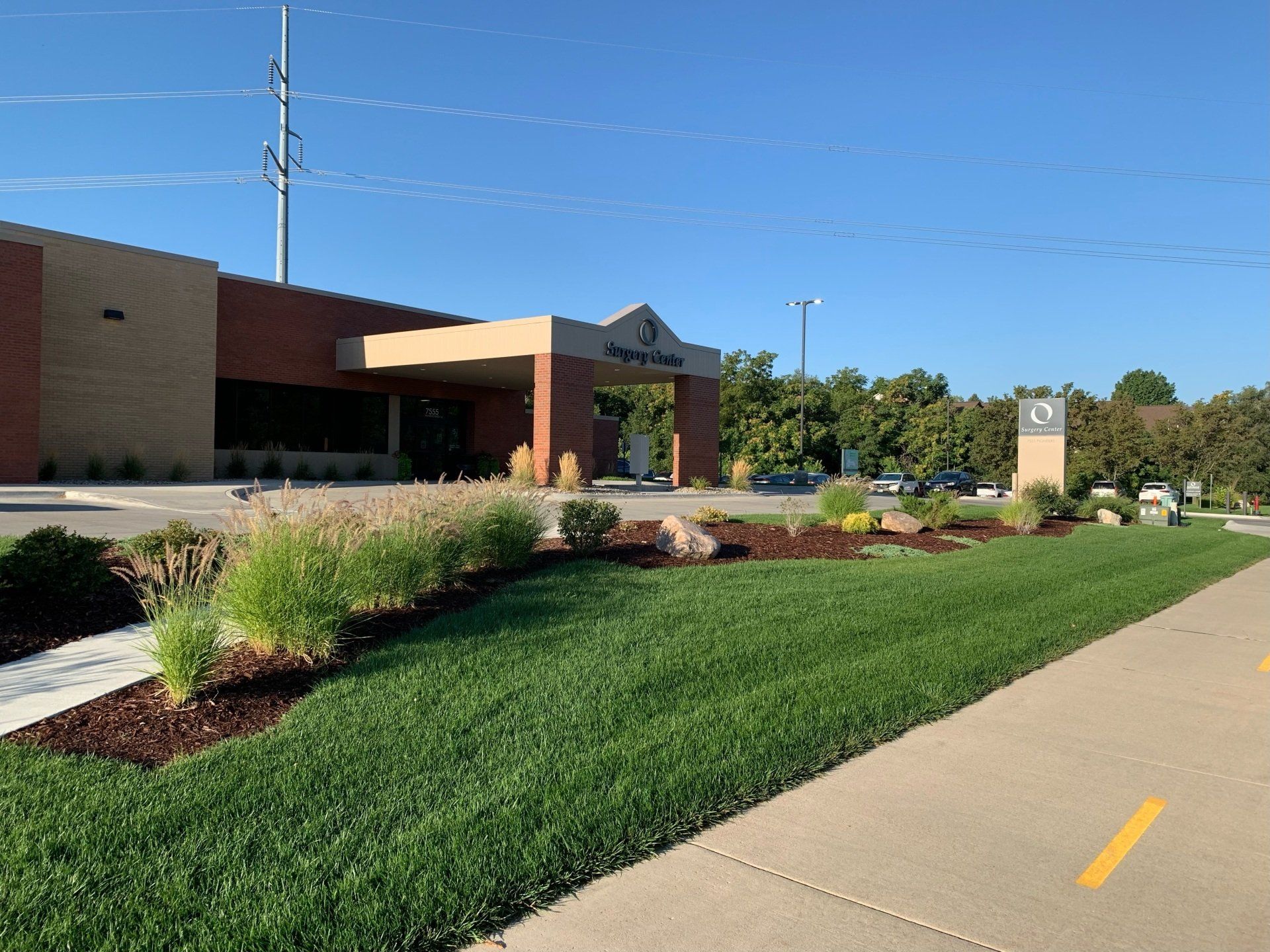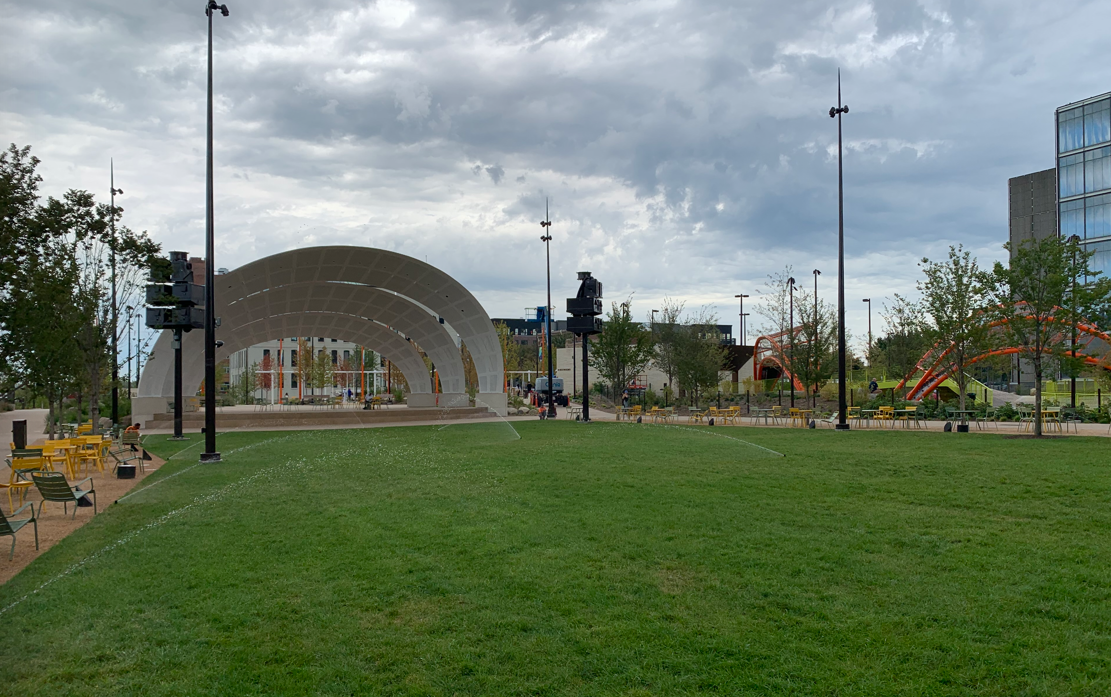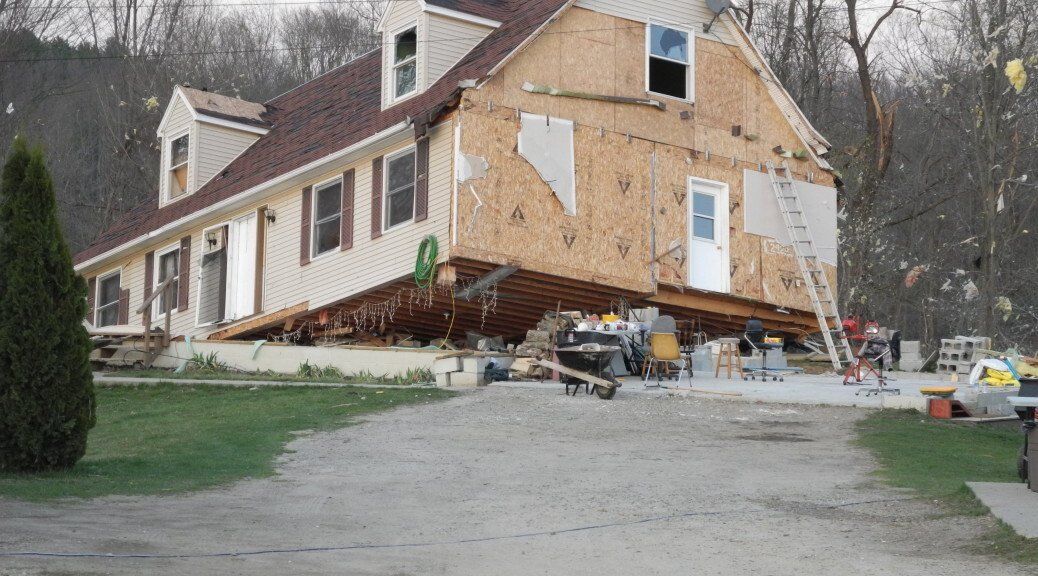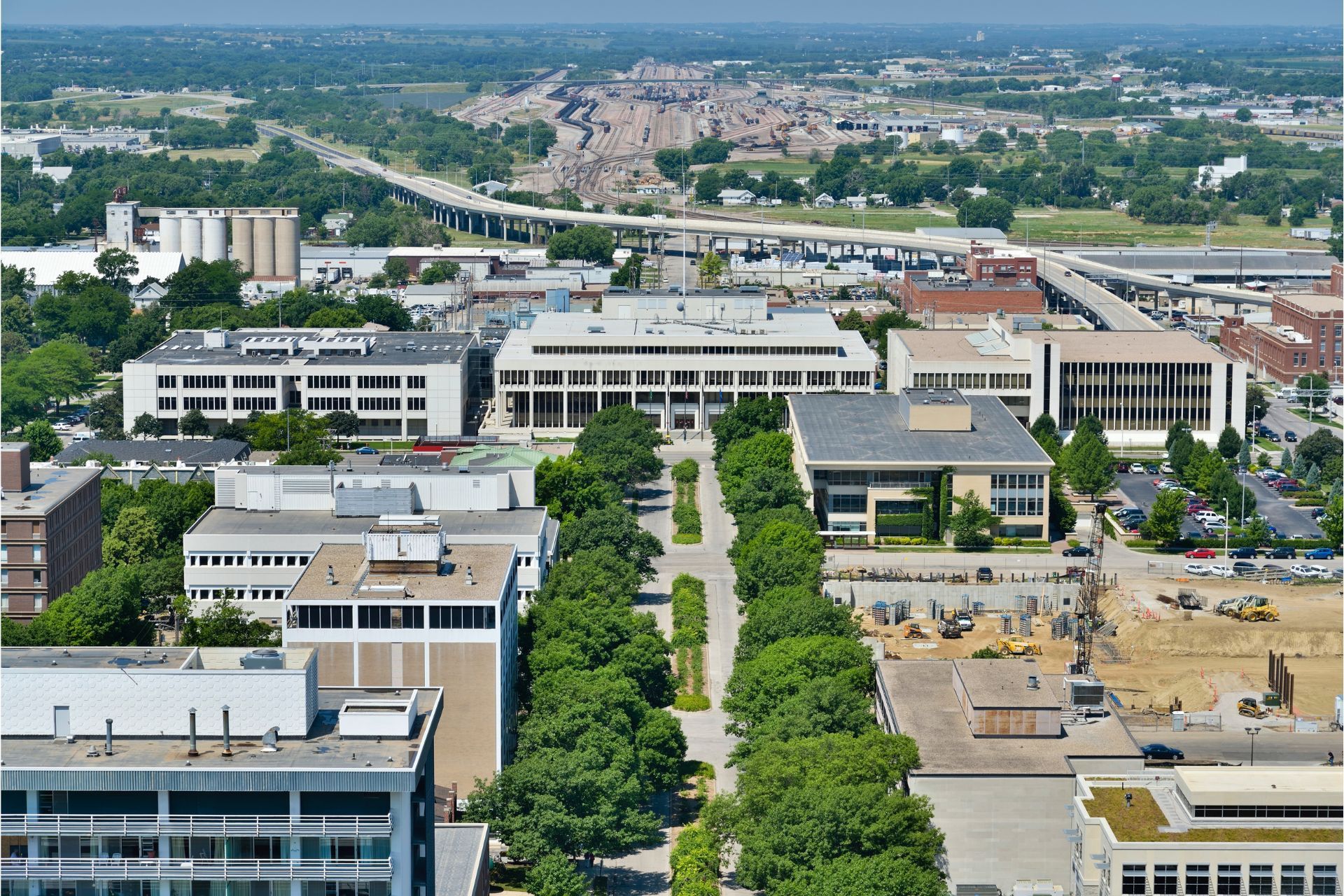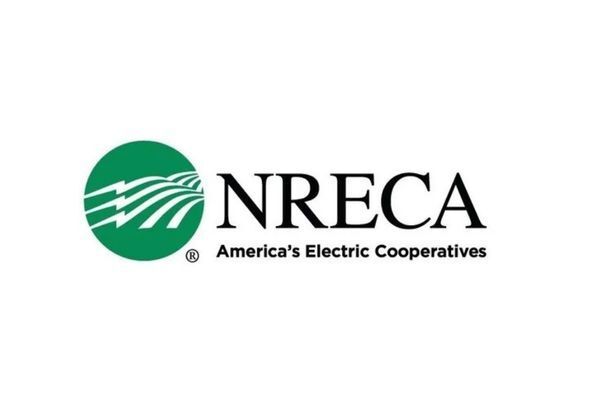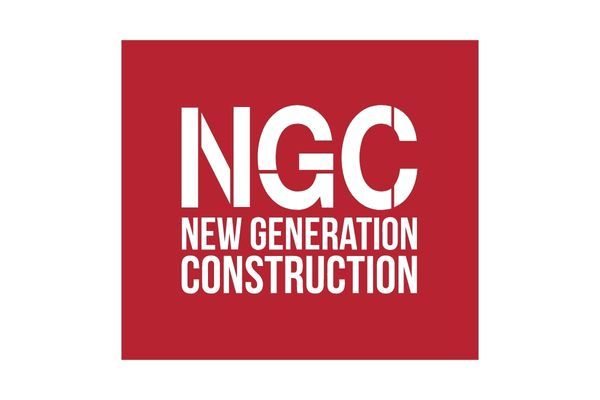November 20, 2025
Winter may seem like a time of dormancy for landscaping and irrigation, but for property owners, municipalities and developers, the dry winter months present unique challenges. At REGA Engineering , our expertise in designing flexible, innovative irrigation and civil systems helps clients reduce water waste, manage runoffs and maintain efficient landscapes year-round. Here’s how smart irrigation systems can make a real difference during winter, and why investing in them now pays off long term. 1. Understand the Winter Water-Demand Paradox Although vegetation growth slows in winter, certain landscapes still require appropriate irrigation, especially in climates with dry, windy winter conditions. Without intelligent control, systems can over-water during cold snaps and under-water when drought sets in. A smart irrigation system uses sensors, weather data and automated controls to adjust watering schedules based on actual site conditions. By doing so, you conserve water, avoid soggy or frozen soils, and reduce the risk of landscape damage. 2. Use Weather and Soil Moisture Sensors One of the key features of a smart irrigation setup is the integration of weather sensors (for temperature, rainfall, wind) and soil-moisture sensors. These devices feed data to the control system, which then calibrates irrigation schedules automatically. With this sensor-based automation, property owners avoid the “set-and-forget” mistake that often leads to water overuse or landscape stress. 3. Adjust System Design for Winter Conditions Designing efficient winter irrigation isn’t just about automation; it’s about infrastructure. At REGA Engineering, our landscape-architecture and irrigation design services incorporate features such as: Zoning that separates high-exposure and wind-prone areas from shaded or protected zones. Ability to reduce irrigation flow rates or shut off frost-sensitive valves during extremely cold periods. Ensuring drainage and soil conditions are mapped, so irrigation doesn’t sit on frozen ground or create unintended runoff. These design choices align with our broader engineering services, where precision, innovation and proper planning guide every project. 4. Reduce Winter Runoff and Ice Hazards In colder climates, over-irrigation in winter can lead to ice buildup, frozen ground saturation, or even runoff into storm drains and erosion features. Smart systems help mitigate these risks by monitoring conditions and controlling flow accordingly. Fewer ice patches, less wasted water, and better safety around walkways and roads. For commercial, municipal, or multi-family sites, this is a win in both efficiency and liability. 5. Lower Water Bills & Improve Sustainability Water utilities often allow reduced use rates in winter, but only if consumption is genuinely reduced. By using smart irrigation systems, you can significantly cut unnecessary watering, which leads to lower bills and improved sustainability credentials for your site or development. For developers, property managers or municipalities working with REGA, this adds value: better eco-metrics, long-term operational savings, and a stronger sustainability story. 6. Plan Ahead for Spring & Beyond Winter is also a good time to audit your irrigation infrastructure: check for broken heads, leaking valves, obsolete controllers, and zoning inefficiencies. Installing a smart irrigation system during the “off‐peak” season ensures your site is ready for spring growth. REGA’s surveying, planning and irrigation services ensure your system is designed for year-round efficiency. Smart Irrigation = Efficient Landscapes, Smarter Sites A smart irrigation system isn’t just a nice-to-have, but it’s a strategic asset during the dry winter months and beyond. For property developers, landscape architects, municipalities and commercial operators, investing in automation, sensors and intelligent design delivers: Greater water conservation during low-use months Lower operational costs and reduced wastage Safer conditions around irrigation zones A forward-looking infrastructure platform ready for spring and summer growth At REGA Engineering , we bring years of experience in surveying , landscape architecture , irrigation design and civil engineering to ensure your irrigation system is built not just for today, but for every season. If you’re ready to explore how a smart irrigation solution can serve your winter landscape needs, contact us today.



